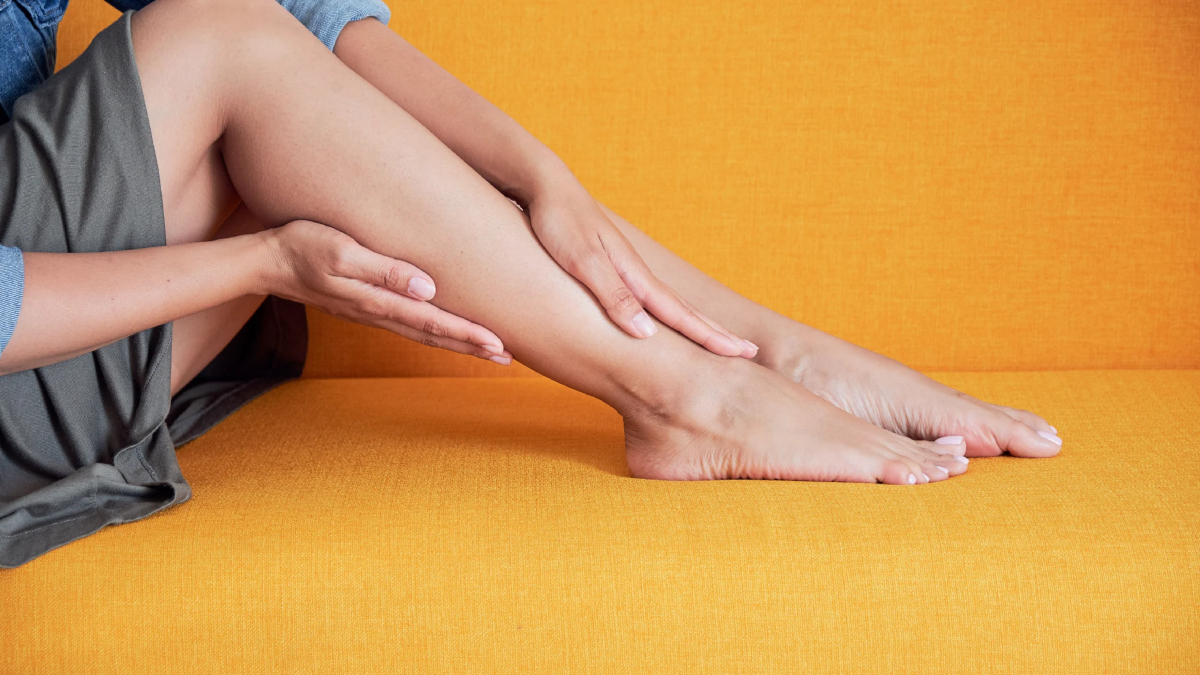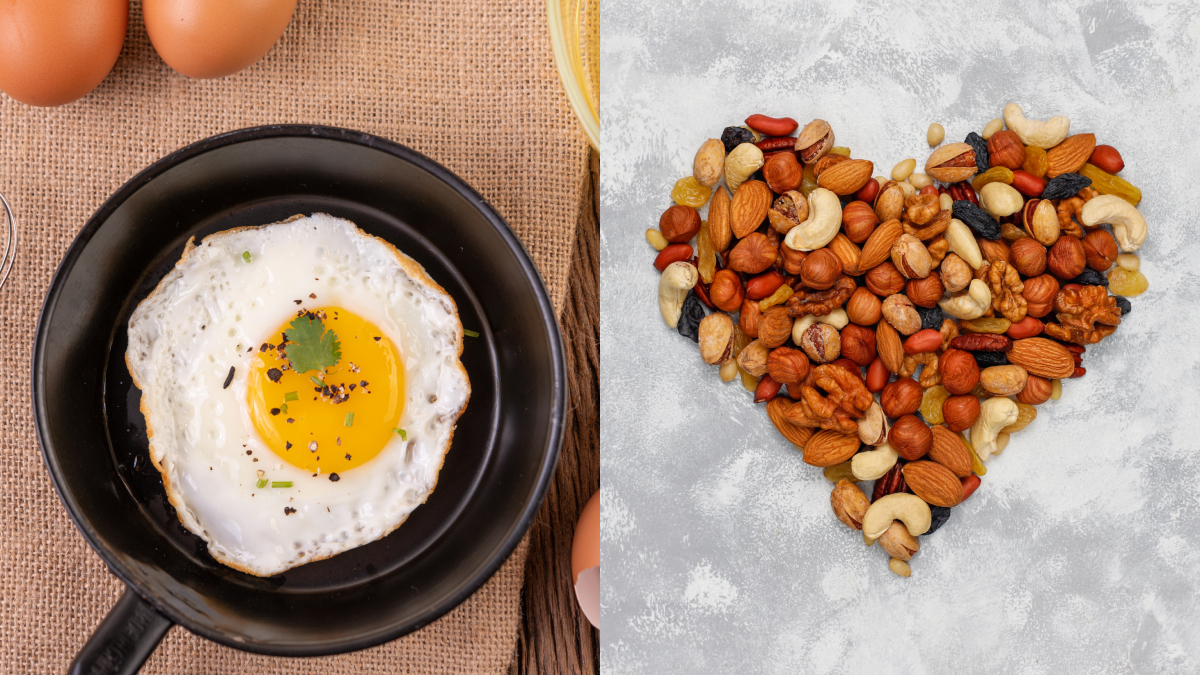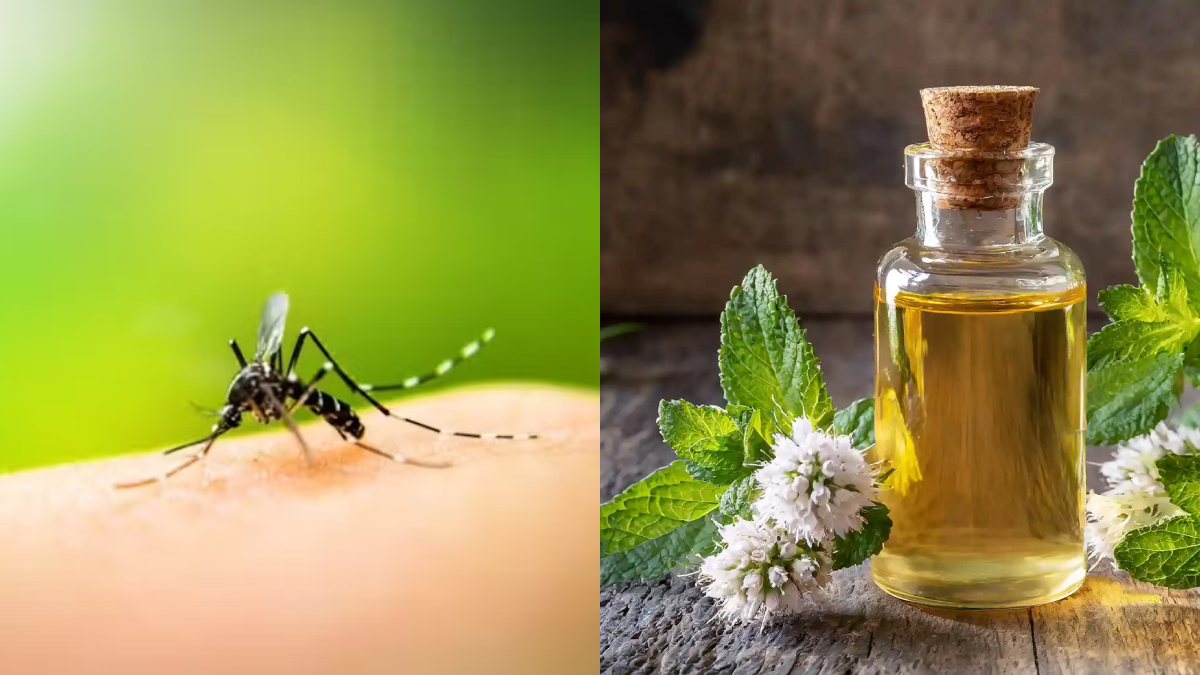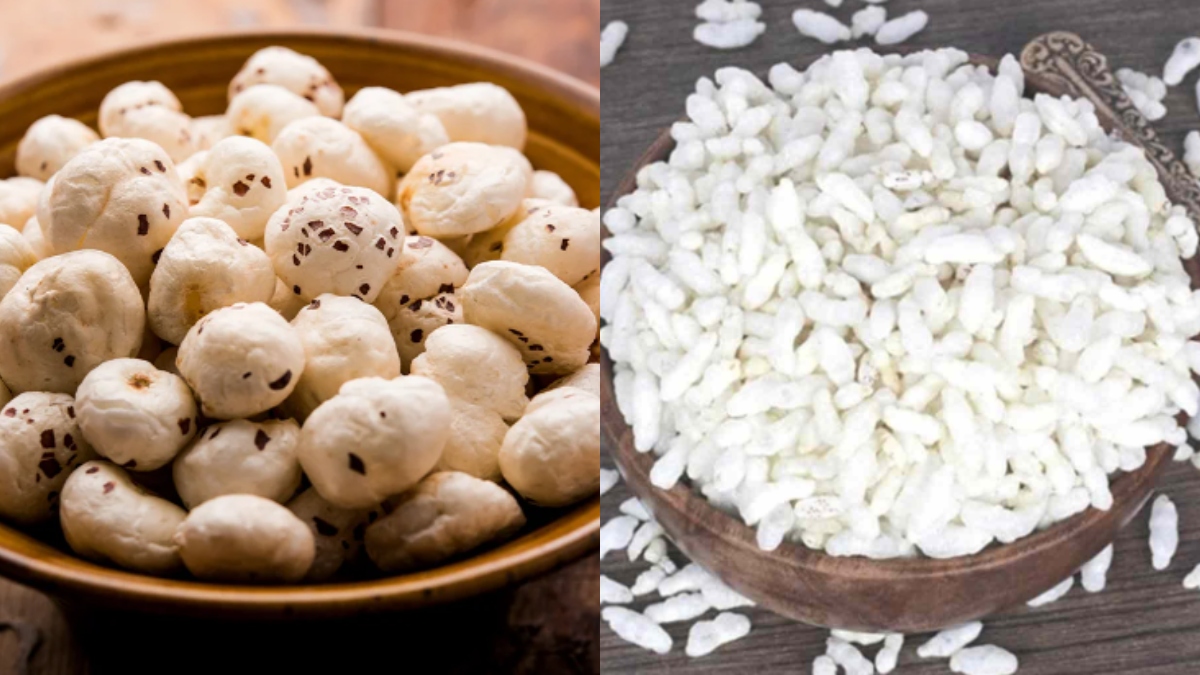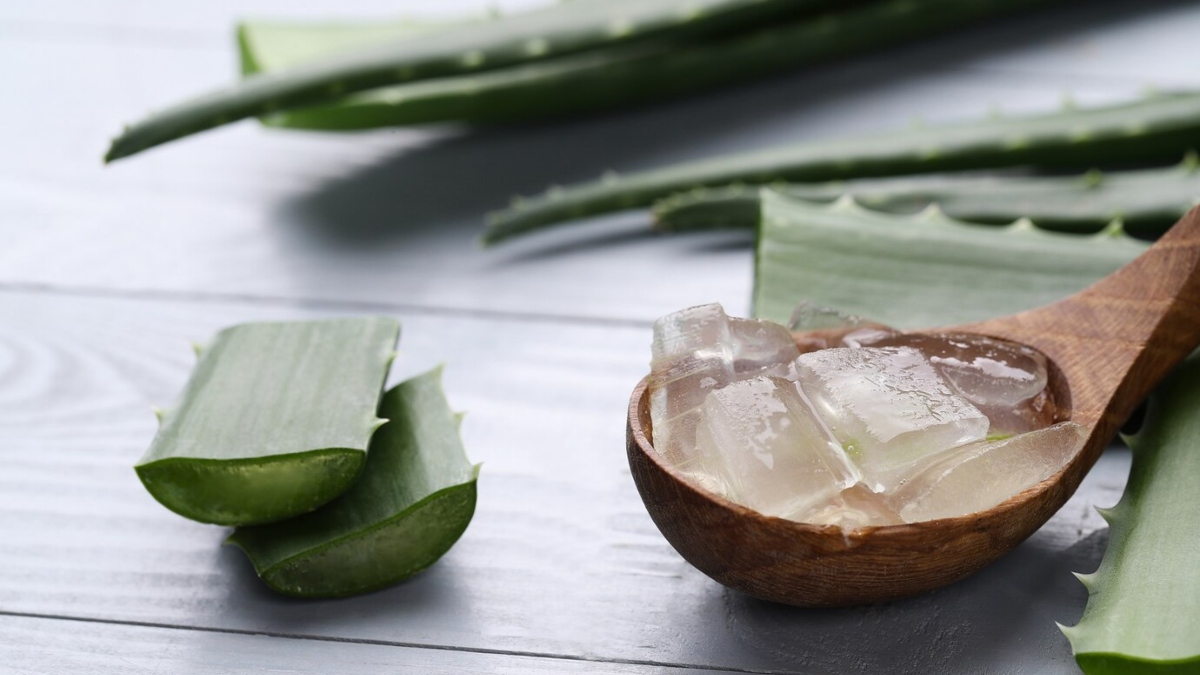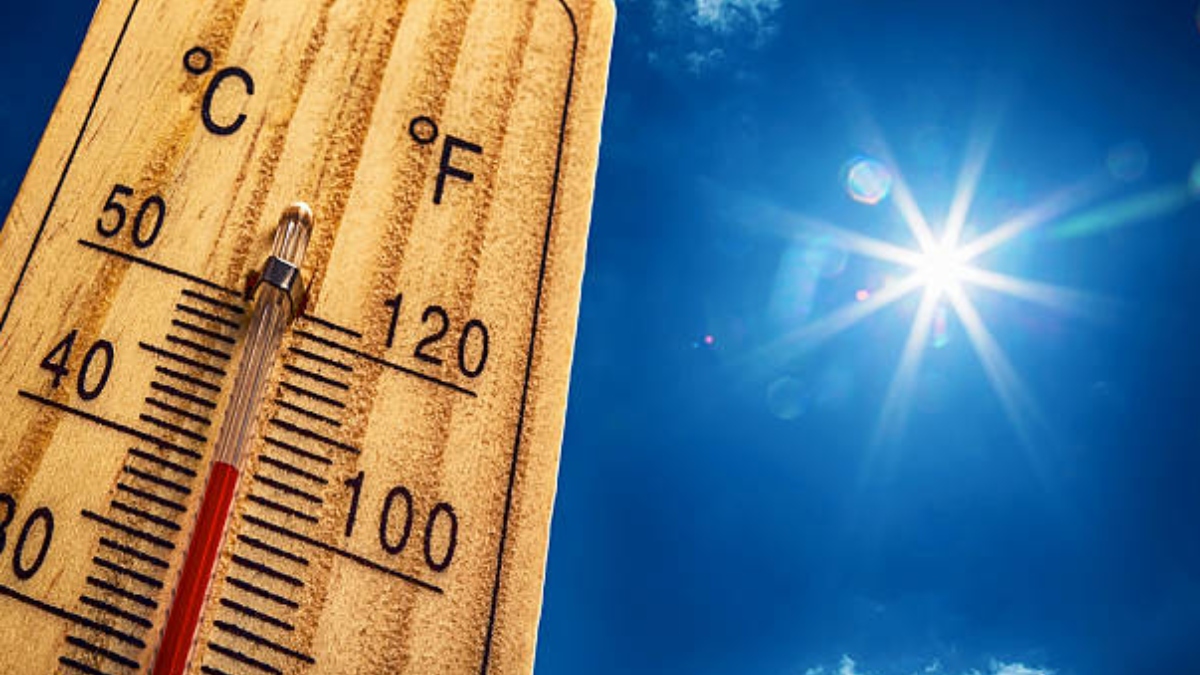Ever looked down at your legs and noticed tiny, dark bumps that resemble the seeds of a strawberry? Those are commonly known as strawberry legs. While its not harmful, it can be a cosmetic concern for many individuals, especially during warmer months when skin exposure is more common.
Scientifically known as comedones, strawberry legs arise from clogged hair follicles. Dead skin cells and shaved hairs can trap bacteria and oil, causing inflammation and the appearance of small bumps. Dry skin can also exacerbate the issue. Fortunately, there are natural remedies to help diminish the appearance of strawberry legs and promote smoother, clearer skin.
What causes strawberry legs?Strawberry legs, medically known as keratosis pilaris rubra, arise from clogged hair follicles. Dead skin cells accumulate around the follicles, creating small bumps. Several factors can contribute to this:
Shaving: Shaving can irritate the skin and trap dead skin cells, worsening the appearance of strawberry legs.
Dry skin: Without proper moisture, skin becomes rough and prone to clogged pores.
Folliculitis: Inflammation of hair follicles due to bacteria or fungus can also lead to strawberry legs.
Natural ways to treat strawberry legs: Exfoliation:Regular exfoliation is crucial in removing dead skin cells and unclogging pores. Opt for gentle exfoliants such as sugar scrubs or chemical exfoliants containing salicylic acid or alpha hydroxy acids (AHAs) like glycolic acid. These ingredients help to break down the buildup of dead skin cells and promote cell turnover, revealing smoother skin beneath.
Moisturise:Keeping the skin adequately moisturised helps maintain its barrier function and prevents the overproduction of oil, which can contribute to clogged pores. Choose non-comedogenic moisturisers that wont clog pores and opt for lightweight formulas if you have oily or acne-prone skin. Ingredients like hyaluronic acid and ceramides are beneficial for hydrating the skin without exacerbating acne or clogged pores.
Tea tree oil:Tea tree oil is renowned for its antibacterial and anti-inflammatory properties, making it an effective natural remedy for treating acne and preventing further breakouts. Dilute tea tree oil with a carrier oil like coconut or jojoba oil and apply it directly to the affected areas using a cotton swab. Be cautious with the concentration, as tea tree oil can be potent and may cause skin irritation if not properly diluted.
Aloe vera:Due to its calming and anti-inflammatory qualities, aloe vera is useful for soothing irritated skin and minimising the redness associated with strawberry legs. Apply pure aloe vera gel directly onto the affected areas and leave it on for 15-20 minutes before rinsing off with water. Regular use can help alleviate inflammation and promote smoother skin.
Lemon juice:Lemon juice contains alpha hydroxy acids (AHAs) that exfoliate the skin and help lighten dark spots and hyperpigmentation. Dilute fresh lemon juice with water and apply it to the affected areas using a cotton pad. After leaving it on for 10 to 15 minutes, rinse it off with water. If you have sensitive skin, use lemon juice with caution since it may irritate or dry up your skin.
